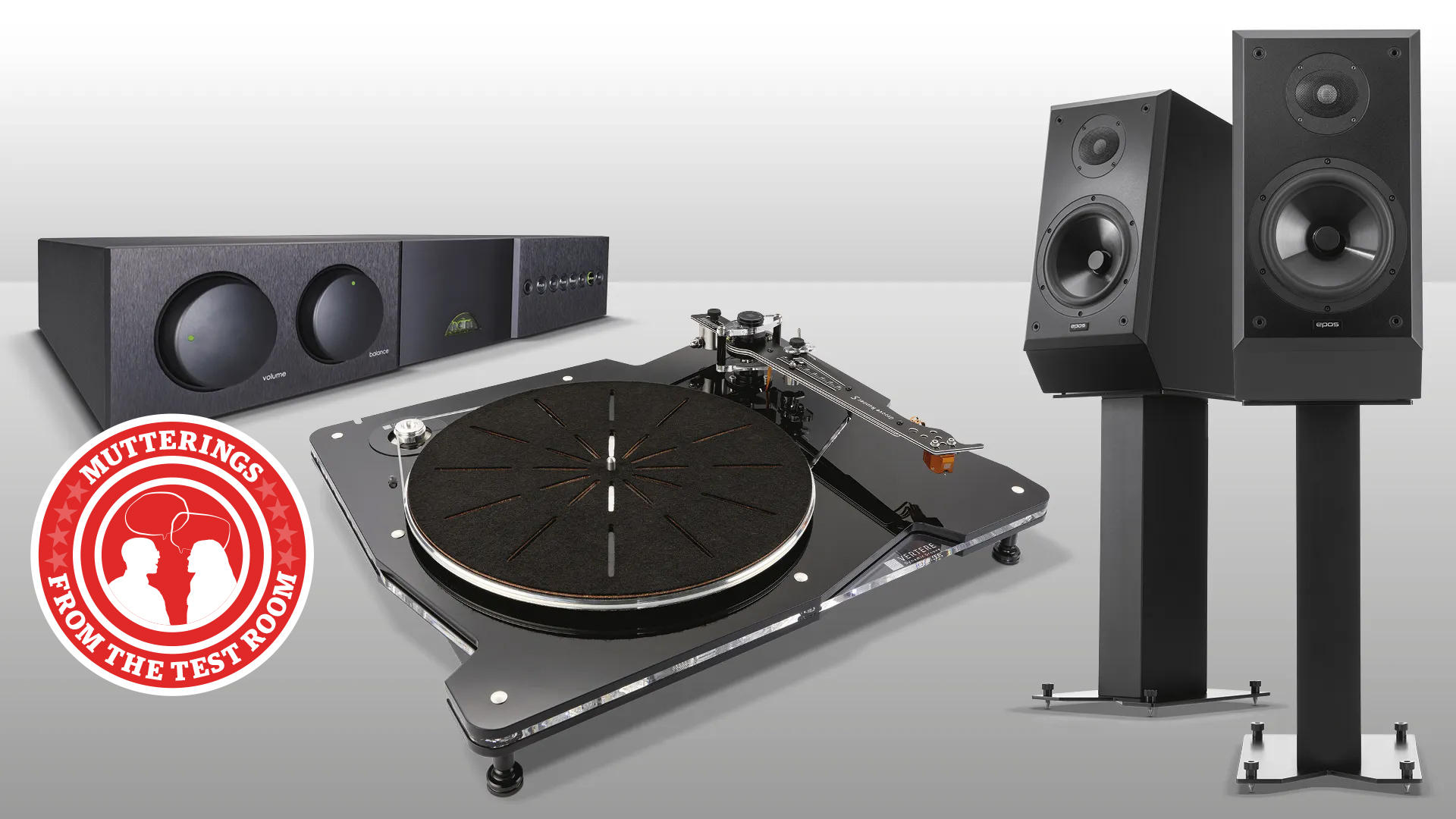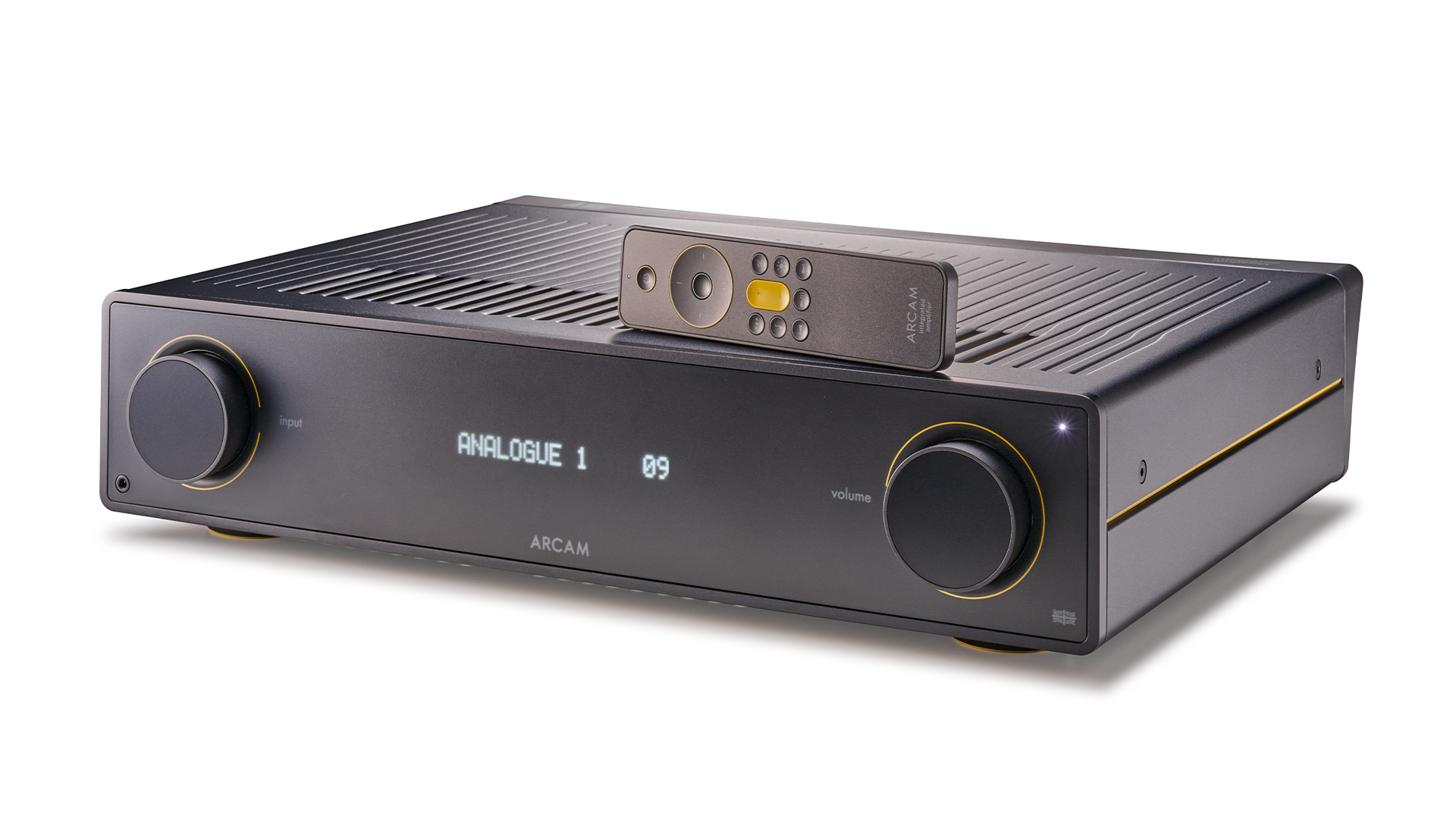
I have always been intrigued about this thing called 'system matching'. I understand it from an electrical and mechanical viewpoint: I know to partner a low-compliance cartridge with a high-mass tonearm so that the overall resonance moves to the right place, and why it makes sense to use high-sensitivity speakers with a modestly powered amplifier to get enough volume level. These things can be easily understood if you know basic physics and a few simple formulas such as Ohm's Law.
However, it is harder to understand why some components work better together than others, even if the basic engineering compatibility requirements have been satisfied. Some people believe it is all about complementary frequency responses; as long as you partner a bright amplifier with a smooth pair of speakers, everything will be fine. That makes a degree of sense, but I can’t help thinking that it goes much deeper than that.

Tonal balance is important, of course, but over the years I’ve come to the conclusion that trying to match the way components deliver detail, speed, dynamics, stereo imaging and rhythmic drive matters even more. Getting it right is the difference between a system making a decent sound and a great one. Of all the systems I've heard, the most cohesive-sounding ones are those where all the constituent parts operate at similar levels across all these parameters.
In my experience, having listened to and matched more components than I care to remember, you need every part of a system to pull in the same direction and have complementary characteristics if it is to shine. For that to happen you need a good feel for the sonic signature of each component and you must ensure that any negative qualities aren’t emphasised. A forward-sounding amplifier with a slightly bright-sounding set of speakers? No, thank you. Careful listening is the only real way of knowing whether components match well or not, and it helps if you can find a good, experienced dealer that has already done that leg work for you.
One of the most common questions I’m asked is how to split a budget between components. The safest answer – the one conventional wisdom supports, and the one we at What Hi-Fi? have promoted over the years – is that each main part of a system should cost roughly the same. For example, if you're in the UK and have £1000 to spend on a new system, it is generally considered sensible to spend around £300 each on the source, amplifier and speakers, putting the remaining amount towards the cables. (Some people doubt the value of having decent cables; I’m not one of them.)
Put it all together, taking care to match component characteristics, and you are guaranteed a well-balanced system with class-leading performance, right? Well, if you have put in the work, the chances of the system being balanced and sonically capable are high; but class leading? Maybe not.
While such budget-splitting logic seems to make superficial sense, such a way of thinking presumes that it costs the same amount of money to make every part of the audio chain equally good. Think about it: some of these components are mostly electrical (streamers and amplifiers) while others are more mechanical (record players and speakers). Given production costs, methods and materials used, it is highly unlikely that a £500 record player and a similarly priced amplifier are on the same rung of sonic ability in their respective categories. That would suppose some direct equivalence in the price of sound-critical parts such as a turntable's bearing and an amplifier's mains transformer. That doesn't exist.
What kind of price ratio should we be looking at between different sorts of products then? It would be lovely to offer you a hard and fast rule, but I don't think one exists.

So how should you split your budget? Despite everything I have just said, as a general rule the balanced way isn’t a terrible starting point. I just certainly wouldn’t be bound by it. In recent months I’ve heard the £6500 Fyne Audio Vintage Classic X floorstanders sound lovely with Arcam’s A5 integrated amp (£749), and PMC’s excellent Prodigy 1 standmounters (£1250) deliver sweet results with Naim’s Super Nait 3 amplifier (£4299). Neither of these pairings is particularly obvious and you might well raise an eyebrow if your local dealer recommended them. But musically, they work for me.
The answer seems to be to trust your ears. Build a system by starting with a list of basics: the sources you want, the features you need, and the space you need to fill with sound. Then think about the types of music you listen to and how you would like it to sound. Once you get that far, read our reviews, go to a reputable dealer and listen with an open mind. Don't stick with a rigid formula when the evidence of your ears takes you elsewhere. Be brave with your choices.
If you asked me whether system matching is an art or a science, I'd have no choice but to say 'both'.
MORE:
How to build the perfect hi-fi system
7 crucial mistakes to avoid when setting up your hi-fi system







